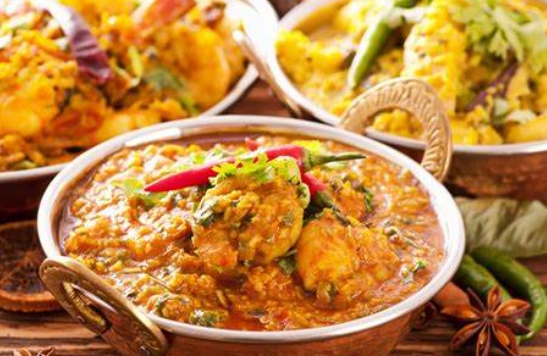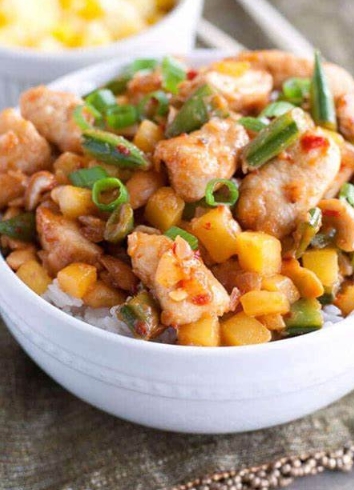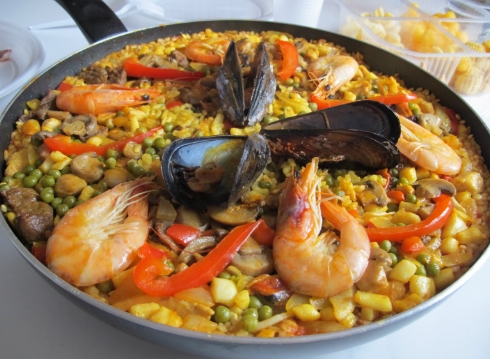Curry is one of the most popular and beloved dishes across the world, but it is in India where this flavorful dish truly finds its roots. Known for its rich, complex flavors and vibrant colors, Indian curry is a celebration of spices, traditions, and diverse regional influences. Whether mild or fiery, vegetarian or meat-based, curry has become an iconic part of Indian cuisine and a symbol of its culinary diversity.
The origins of curry in India can be traced back thousands of years to ancient times, when a variety of spices were used to flavor dishes. The word “curry” itself is derived from the Tamil word “kari,” meaning sauce or gravy. Over time, curry evolved into a broader category of dishes made with meats, vegetables, legumes, and grains, all cooked in a flavorful sauce or gravy made from an aromatic blend of spices.
At the heart of a great curry lies the use of spices. India is home to a vast array of spices, many of which are essential for creating the distinctive taste of curry. The combination of spices such as cumin, coriander, turmeric, garam masala, and cardamom gives Indian curry its signature aroma and depth of flavor. Freshly ground spices release their essential oils, creating complex, warming, and sometimes pungent notes that define the curry’s taste.
Curry can vary widely depending on the region. In Northern India, curries are often rich, creamy, and buttery. Dishes like butter chicken and lamb rogan josh feature smooth, velvety sauces made from cream, yogurt, and tomatoes, with a blend of spices that bring out the flavors of the meat. In contrast, Southern Indian curries tend to be lighter and tangier, often made with coconut milk, tamarind, and a fresh mix of spices. Fish curry made with coconut milk, or sambar, a lentil-based vegetable stew, are examples of popular southern curries.
One of the defining features of Indian curry is the technique used to prepare the sauce, known as “tadka” or “tempering.” This process involves frying whole spices, such as mustard seeds, cumin, and dried chilies, in hot oil or ghee to release their flavors before adding them to the curry. This technique gives curry its distinctive, layered taste and ensures the spices infuse the sauce evenly.
Indian curry isn’t just about the dish itself, but also about the accompanying sides that complete the meal. Naan, a soft, pillowy flatbread, is often served alongside curry to scoop up the rich sauce. Rice, particularly basmati rice, is another staple that pairs beautifully with curry, providing a neutral base to balance the bold flavors of the dish.
While curry is often associated with meat dishes, India has a rich tradition of vegetarian curries as well. Chana masala, a chickpea curry, aloo gobi, a potato and cauliflower curry, and dal, a lentil curry, are all hearty and flavorful vegetarian options. These dishes are packed with protein, fiber, and nutrients, making them staples in the diets of many Indians.
Curry is often enjoyed with a variety of condiments, such as raita, a yogurt-based side dish that helps cool the palate, or pickles, which add a zesty and tangy kick to the meal. Papadums, thin, crispy wafers, are another popular side that adds a crunchy texture to the meal.
In recent years, Indian curry has gained worldwide popularity, with restaurants around the globe offering their own interpretations of this iconic dish. While many adaptations have been made to suit different tastes, the core elements of curry—the combination of aromatic spices, fresh ingredients, and careful cooking techniques—remain the same.
Curry is more than just a meal; it’s an experience. The combination of spices, the artistry of preparation, and the cultural significance of the dish all contribute to its place as one of the most cherished foods worldwide. Whether it’s enjoyed at a family gathering in India or a local curry house in London, curry is a dish that brings people together and invites them to savor the rich flavors of Indian cuisine.





